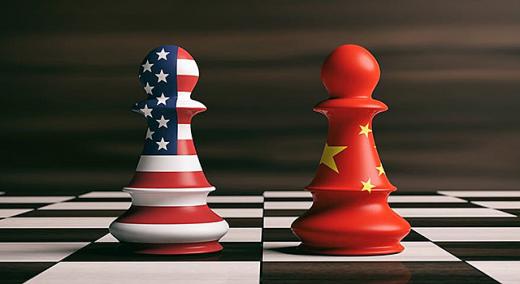The United States and China have reportedly reached a so-called phase one deal in their ongoing trade war.
|
ADVERTISEMENT |
While few details have been disclosed, the agreement principally seems to involve the United States calling off a new round of tariffs that were slated to take effect on Dec. 15, 2019, and removing others already in place in exchange for more Chinese purchases of U.S. farm products.
Good news, right? The end of the trade war is nigh? Don’t get your hopes up.
Although business leaders in both countries will be temporarily relieved, the underlying tensions between them will not end easily.
As an economist who closely studies the U.S. relationship with China, I believe there are fundamental issues that won’t be resolved anytime soon.
Doing it in phases
Tariffs and other trade issues have received most of the attention during the trade war, but the more fundamental—and difficult—challenges are with lax intellectual property protection and China’s industrial policy.
…

Add new comment